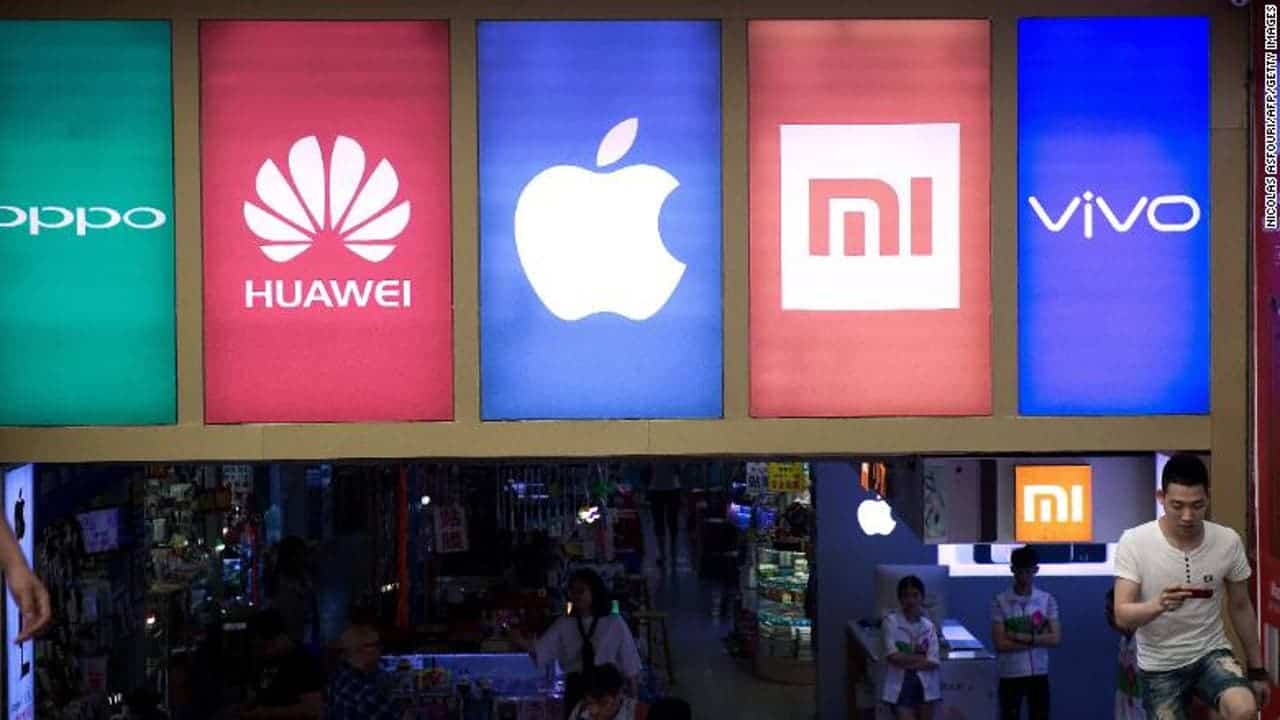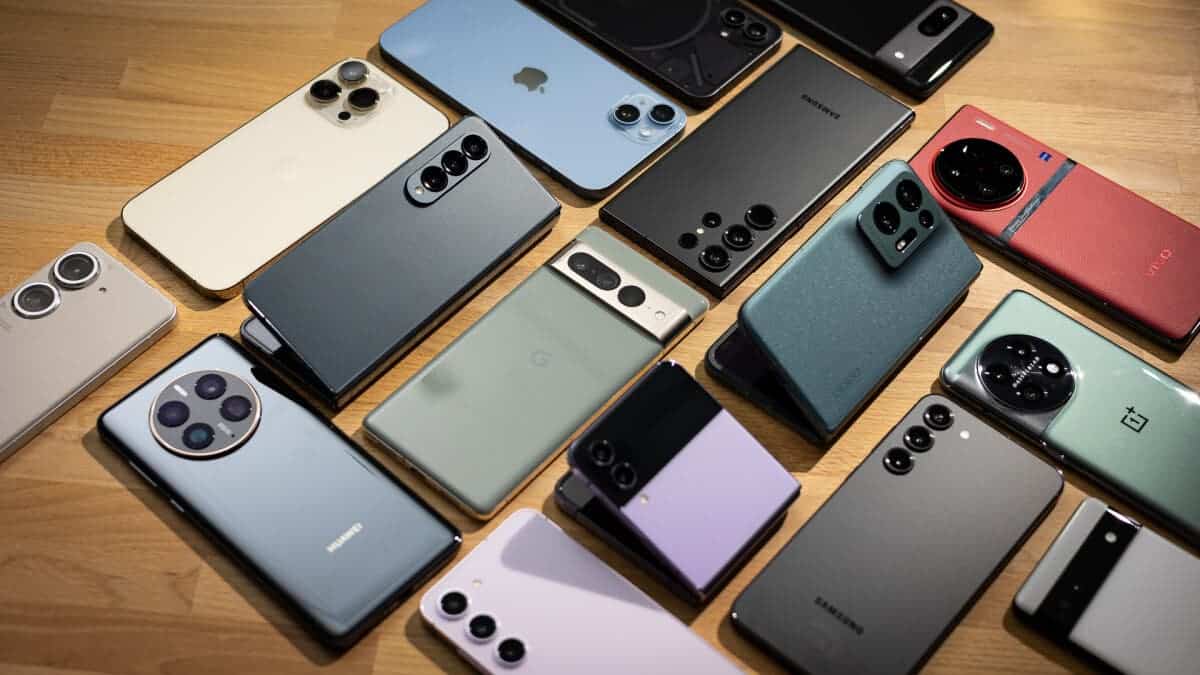The GSM Association (GSMA) has released its Mobile Internet Connectivity Report for 2023. It provides insights into the state of mobile internet and smartphone adoption and usage around the world.
Global Smartphone Ownership Soars, but Digital Divide Persists

The report highlights several key trends, including:
- Smartphone ownership is on the rise. According to the report, 55% of the world’s population now owns a smartphone, up from 52% in 2022. This growth is being driven by falling device prices and increasing availability of mobile internet services.
- Mobile internet usage is also growing. There are now 4.6 billion mobile internet users worldwide, up from 4.3 billion in 2022. This represents 57% of the global population, but there is still a significant digital divide between regions.
- 4G is the dominant mobile internet technology. 69% of smartphone owners in North America and East Asia and the Pacific are using 4G-enabled devices. However, 3G is still the most common mobile internet technology in Sub-Saharan Africa and the Middle East and North Africa.
- Billions of people remain unconnected. Despite the growth in mobile internet usage, approximately 3.4 billion people remain unconnected. This is largely due to affordability issues, lack of access to infrastructure, and lack of digital skills.
The report also identifies several barriers to further expansion of mobile internet users. These include:
- Affordability: The cost of mobile devices and data services remains a barrier for many people, especially in developing countries.
- Access to infrastructure: Mobile internet infrastructure is not yet available in all areas, particularly in rural areas and developing countries.
- Digital skills: Many people lack the digital skills needed to use mobile internet devices and services effectively.
- Safety concerns: Some people are reluctant to use mobile internet services due to concerns about privacy, security, and online abuse.
- Availability of relevant content. There is a lack of relevant content in local languages and cultures in many parts of the world.
These barriers disproportionately affect poorer, less educated, rural, and female users. The report highlights the need to address these barriers in order to achieve universal connectivity.
Implications of the Report

The findings of the GSMA report have several important implications for policymakers, businesses, and civil society organizations.
For policymakers, the report highlights the need to invest in mobile internet infrastructure and make mobile devices and data services more affordable. Policymakers should also work to address digital skills gaps and promote online safety.
For businesses, the report highlights the importance of developing mobile-first products and services that are accessible to people of all income levels and educational backgrounds. Businesses should also work to create relevant content in local languages and cultures.
For civil society organizations, the report highlights the need to work with communities to raise awareness of the benefits of mobile internet and to help people overcome the barriers to using these services.
Another eye-opening revelation is that a staggering 600 million people, equivalent to approximately 8% of the world’s population, continue to rely on the internet via feature phones. Various barriers, including digital skills, literacy, safety concerns, and a lack of relevant content, hinder smartphone users from harnessing their devices’ full potential for internet access.
Mats Granryd, the Director General of GSMA, emphasizes the dire consequences of this connectivity gap. Billions of individuals, particularly those who are poorer, less educated, rural, and female, are denied access to essential services and income-generating opportunities. To address this issue, Granryd calls for an urgent acceleration of digital inclusion and the removal of barriers to prevent the digital divide from further widening. In a world facing a cost-of-living crisis and an increase in climate-related emergencies, the need for digital inclusion is more pressing than ever.
Conclusion
The GSMA’s Mobile Internet Connectivity Report for 2023 provides a valuable overview of the state of mobile internet adoption and usage around the world. The report highlights the progress that has been made in recent years, but also the significant challenges that remain.
By addressing the barriers to mobile internet adoption and usage, policymakers, businesses, and civil society organizations can help to ensure that everyone has the opportunity to benefit from this powerful technology.





